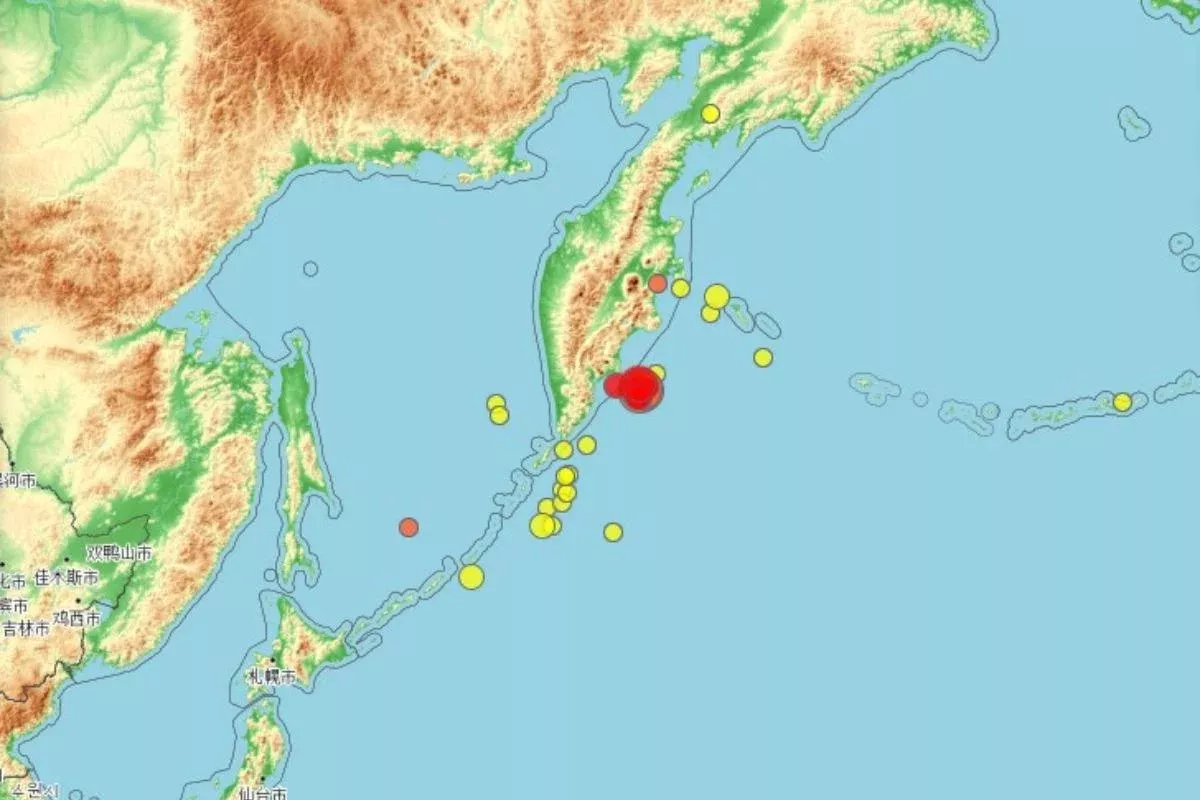
The Kamchatka Peninsula, located in the east of Russia, became the epicenter of strong earthquakes on July 20. This was reported by Zamin.uz.
According to the Unified Geophysical Service of the Russian Academy of Sciences, three major earthquakes occurred within one day. The first earthquake struck at 18:28 local time and had a magnitude of 6.7.
About 20 minutes later, a second earthquake occurred, reaching a magnitude of 7.2. Another 20 minutes later, a third tremor was recorded, which also had a magnitude of 6.7.
Geophysicists noted that the epicenter of the earthquakes was located 160–169 kilometers away from the city of Petropavlovsk-Kamchatskiy, at a depth of approximately 5 kilometers below the surface. This contributes to the strong perception of the earthquakes and increases the potential risk.
Initially, the branch of the Russian Academy of Sciences reported the magnitude as 7.6, but this figure was later revised to 7.2. Meanwhile, the US Geological Survey reported that several earthquakes with a magnitude of 7.4 occurred along the coasts of Kamchatka.
After the earthquake, more than 10 significant aftershocks were observed, with magnitudes ranging from 4.2 to 6.3. This indicates that seismic activity is still ongoing.
According to local residents, during the earthquake, houses shook, furniture fell, but there is currently no information about casualties. A tsunami warning has been issued for several populated areas in Kamchatka.
The Russian Ministry of Emergency Situations estimates that the potential wave height could reach 60 centimeters. Officials are urging the population to stay away from the coast and to be cautious while observing the waves.
The governor of the Kamchatka region, Vladimir Solodov, stated on his Telegram channel that the first tsunami wave has passed, and no tsunami has been recorded so far. However, the situation remains dangerous, and seismologists do not rule out the possibility of new tremors.
These events once again confirmed that Kamchatka is a seismically active region. Such powerful tests of nature require constant preparedness and responsibility from the population and specialists.







